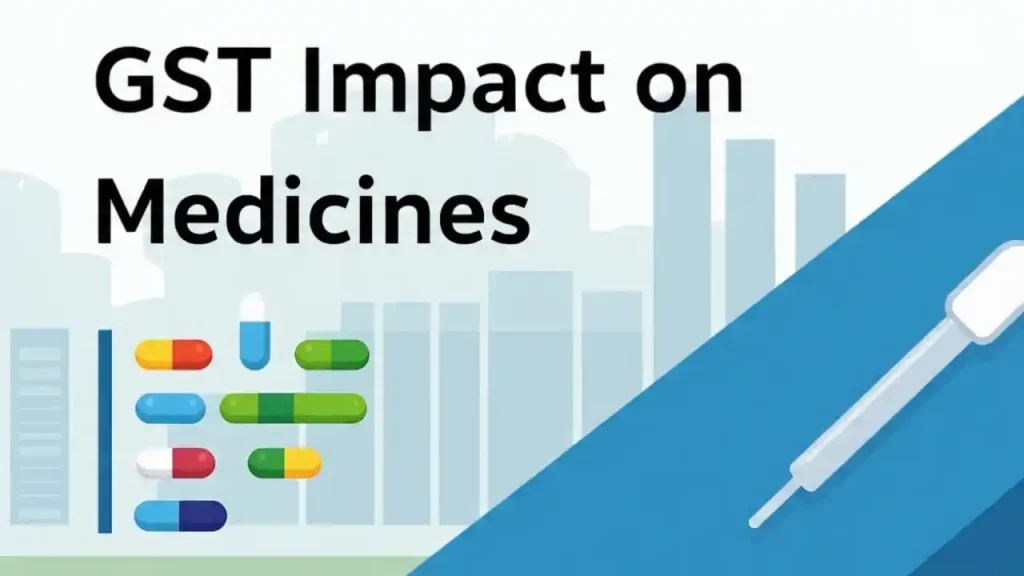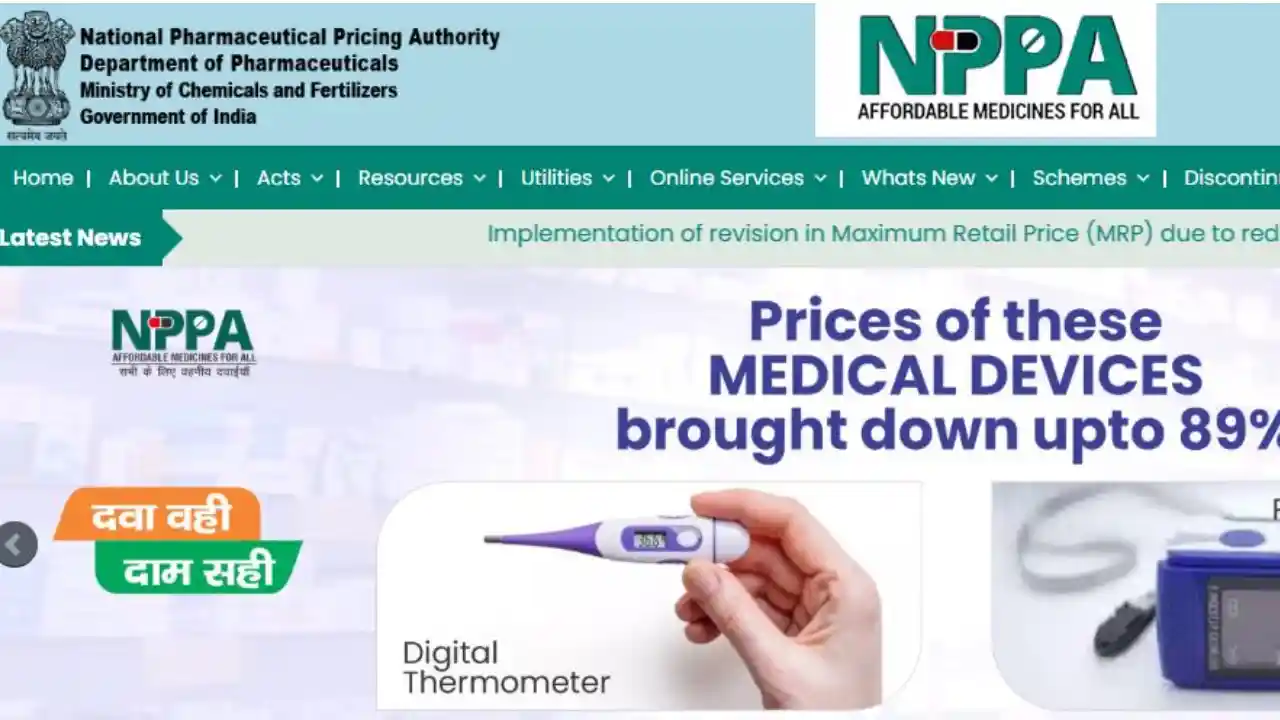NPPA orders pharma companies to pass on the benefits of GST rate cuts to consumers. – In a significant move to reduce the financial burden on consumers amid rising healthcare costs, the National Pharmaceutical Pricing Authority (NPPA) has directed pharmaceutical companies and medical device manufacturers to immediately pass on the benefits of the recent reduction in GST rates to end consumers, effective from September 22, 2025.
What's Next
ToggleThe directive follows the 56th GST Council recommendations, which reduced the GST rates on key drugs from 5% to zero and shifted some previously taxed drugs, at 12%, to the 5% slab. As a financial expert, I see this as a significant step towards increasing affordability in India’s fast-growing pharma sector, potentially boosting consumer spending in the post-pandemic economy and stabilizing supply chains.
NPPA orders pharma companies
The NPPA order emphasized that all manufacturers and marketing companies must revise the prices of drugs, formulations, and medical devices in line with the new GST rates. The authority said in its official communication, “The benefit of reduction in GST rates will be passed on to consumers/patients from September 22, 2025.
All manufacturers/marketing companies selling drugs/formulas shall revise the prices of drugs/formulas (including medical devices) accordingly from September 22.” The order is significant, as it directly addresses concerns related to profiteering and ensures that tax relief reaches the bottom line, rather than being absorbed by corporate margins.

To facilitate compliance, the NPPA has directed companies to issue revised price lists or supplementary price lists to dealers, retailers, state drug controllers, and government bodies. This streamlined process aims to promote transparency while minimizing disruptions in the distribution network.
Asia Global Bank notes that it could improve cash flow for small pharmacies and retailers, who often face cash shortages due to delayed reimbursements. Investors in the pharmaceutical supply chain may face short-term volatility as companies adjust pricing strategies, but in the long term, this could boost market confidence and volume growth.
GST reduction
The directive also calls for proactive communication efforts. Manufacturers and marketing companies are required to inform dealers, retailers, and consumers about the GST reduction through all possible means, including electronic, print, and social media.
This multi-pronged approach is designed to ensure widespread awareness and prevent any confusion at the point of sale. Industry associations have been urged to widely publicize the message by issuing advertisements in leading national and local newspapers from September 22 to motivate dealers and retailers to ensure compliance with the rules.
An important clarification in the order addresses practical challenges: it is not mandatory to recall, relabel, or resticker stocks issued before September 22, provided manufacturers can enforce price compliance at the retailer level through the above measures.
India’s pharmaceutical industry, valued at over $50 billion
This flexibility is a practical concession, taking into account the logistical constraints in India’s vast drug distribution ecosystem, which stretches from urban centers to remote rural areas. Financially, it can reduce inventory write-offs for companies, thereby protecting capital that might otherwise be locked up in compliance costs.
For the broader economy, these changes come at a perfect time. India’s pharmaceutical industry, valued at over $50 billion and a global leader in generic drugs, is grappling with inflationary pressures, supply chain disruptions, and changing regulatory landscapes.
The GST cuts, especially the zero-rating for essential medicines, are expected to reduce out-of-pocket expenses for patients, who bear nearly 60% of healthcare costs in the country. At Asia Global Bank, we anticipate that this will indirectly boost loan portfolios in the healthcare sector, as lower drug prices could increase households’ disposable income, potentially boosting demand for medical financing products.

Looking deeper into the implications for investors, the pharma sector’s resilience is noteworthy. Major players like Sun Pharmaceutical Industries, Dr. Reddy’s Laboratories, and Cipla have already reported strong quarterly earnings, driven by export growth to markets in the US and Europe.
The GST relief could further enhance their competitive edge by lowering domestic production costs, allowing for better pricing in international tenders. However, companies must navigate the NPPA’s strict enforcement; non-compliance could invite penalties, impacting stock valuations.
56th GST Council’s
The 56th GST Council’s decisions underscore a policy shift toward health equity, aligning with India’s vision of universal healthcare under Ayushman Bharat. By exempting critical drugs from GST—such as those for oncology, cardiology, and diabetes—the government aims to curb the economic fallout from chronic diseases, which affect over 200 million Indians.
This could also stimulate R&D investments, as firms redirect savings toward innovation. From a macroeconomic standpoint, reduced GST revenues (estimated at ₹10,000-15,000 crore annually from pharma) will be offset by higher economic activity, including job creation in manufacturing and distribution.
This development also highlights broader Asian trends, where countries like Indonesia and Malaysia are implementing similar tax incentives for essential goods to combat inflation. In an interconnected region, India’s moves could inspire harmonized policies, benefiting cross-border trade. With global pharma markets projected to reach $1.5 trillion by 2028, stakeholders must adapt swiftly.
Disclaimer: Asia Global Bank is committed to providing analysis and secure banking solutions information. This article is for informational purposes only and does not constitute financial advice.



 Join WhatsApp Channel
Join WhatsApp Channel Join Telegram Channel
Join Telegram Channel





